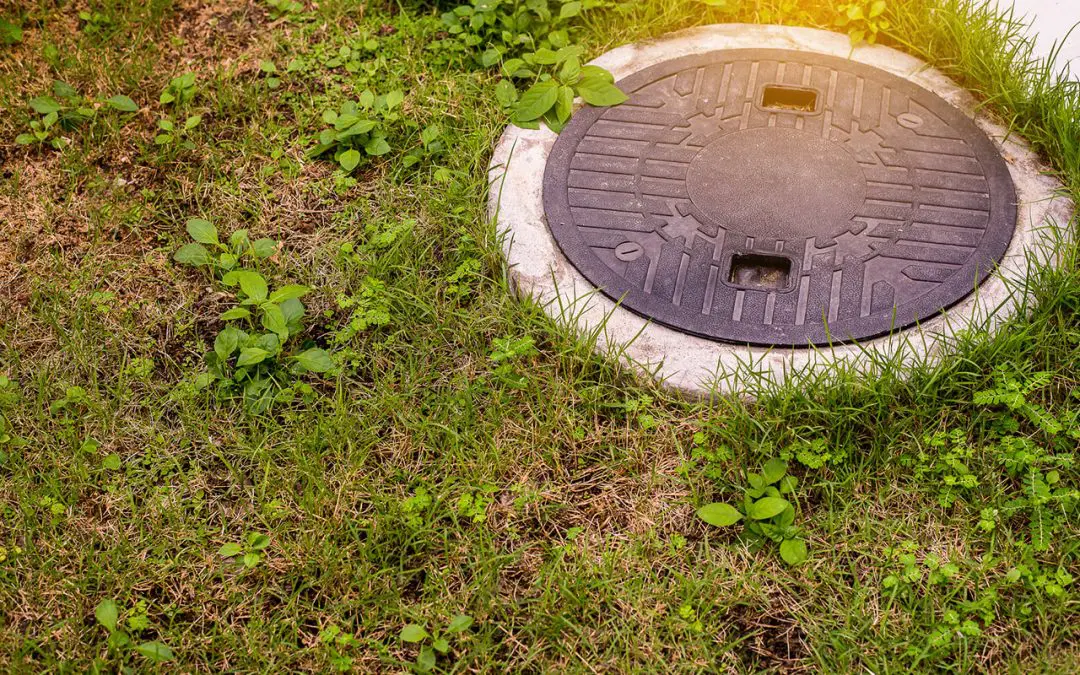Moving into a home with a septic tank can take some getting used to for someone who has always had a municipal sewer hookup. Routine septic system maintenance will help the system operate well and prevent problems.
What Do You Need to Know About Septic Systems?
Your septic system has two main parts: the septic tank and the drain field. The septic tank is where solid waste settles out of the wastewater. It’s also where scum floats to the top. The remaining wastewater sits in between these layers.
Inside the septic tank, anaerobic bacteria work to break down solids. They help break down organic material in the wastewater.
The wastewater, minus the scum and solids, is known as effluent. This effluent moves through a pipe into the drain field. It seeps into the surrounding soil through a layer of gravel. The bacteria in the gravel helps decompose the waste.
The Basics of Septic System Maintenance
Maintaining a septic tank is not difficult. It does require routine maintenance from an expert.
Get the Tank Pumped
To keep your septic system in good working order, you need to have the accumulated solids pumped out occasionally. How often you have this done depends on how large your household is and how big the tank is. Every one to two years is ideal.
What might happen if you don’t have the septic tank pumped often enough? The sludge will build up from the bottom, while the scum layer will thicken at the top. This leaves less room in the middle for the wastewater.
- The wastewater will flow out of the tank too fast for the organic material to settle out of it.
- Sludge will start to clog the perforated pipes in the drain field, rendering them useless for draining.
- Bacteria will not be able to keep up with the draining waste, leaving behind untreated liquid waste.
- As the septic tank begins to get too full, wastewater will start backing up into the house.
- Untreated waste can overflow into the basement, toilets, sink, and bathtubs.
When the septic field and tank fail, it takes thousands of dollars to fix the problem.
Get the Septic System Cleaned
Even with careful routine maintenance, septic waste will accumulate over time. The next step in septic system maintenance is cleaning the pipes every five years.
The most effective option for cleaning the pipes is water jetting. A high-pressure spray of water will clear out any accumulated waste and keep the wastewater flowing into the drain field.
Add Bacteria to the System
Household chemicals can kill the bacteria in the tank and drain field. It’s important to add bacteria additives to repopulate the bacteria populations. Live organic bacteria keep the system working as it’s supposed to. These additives are inexpensive and will help keep the system operating as it should.
Install and Maintain an Effluent Filter
Newer septic systems have an effluent filter installed that blocks solids from entering the drain field. It should be inspected and cleaned when you have the tank pumped. If you have a system without an effluent filter, you should have one installed, if possible. This will slow down the build-up of waste in the drain field pipes.
Blackbird Home Inspections provides home inspection services to Central Arkansas. Contact us to schedule an appointment.

